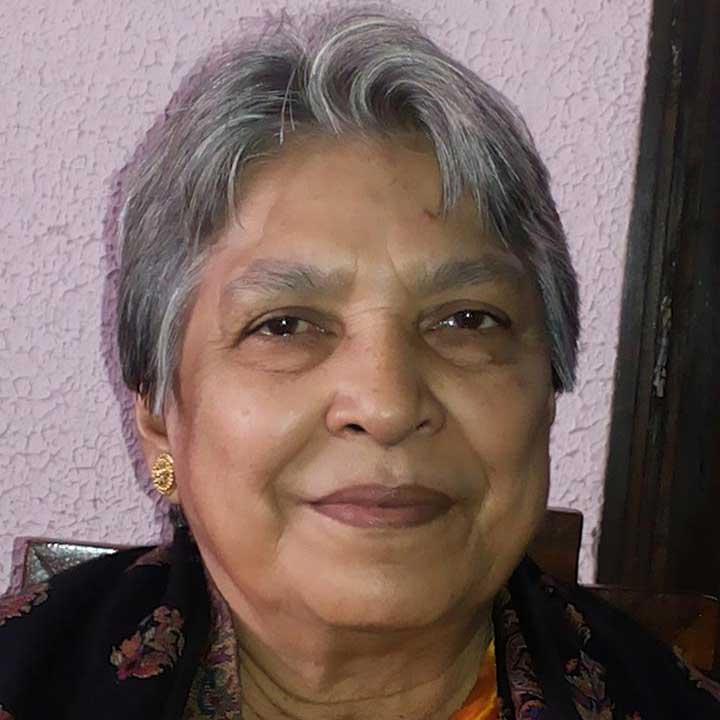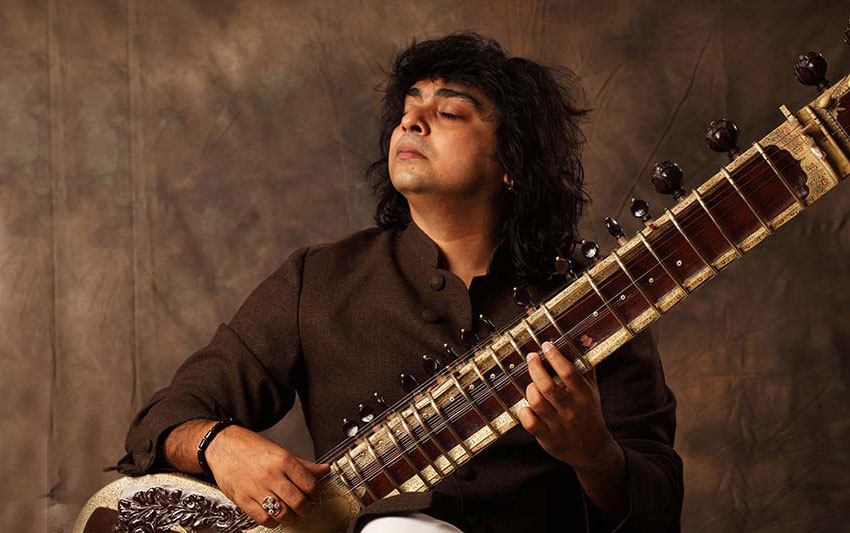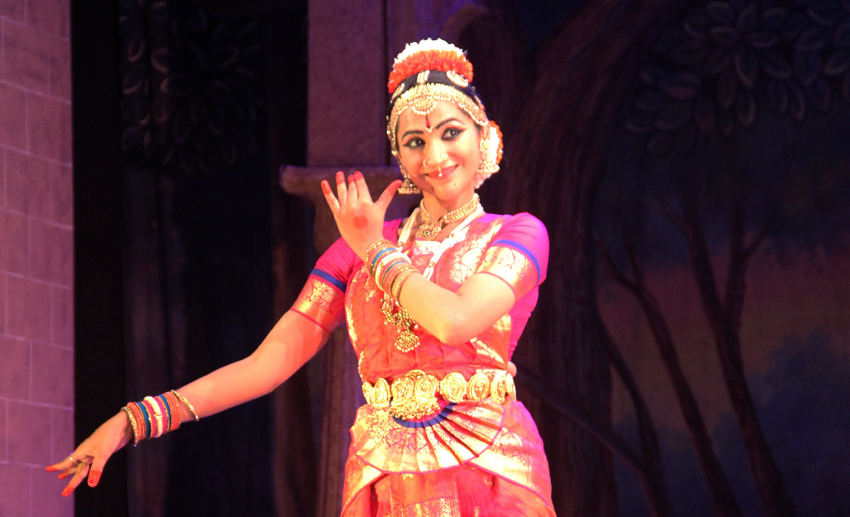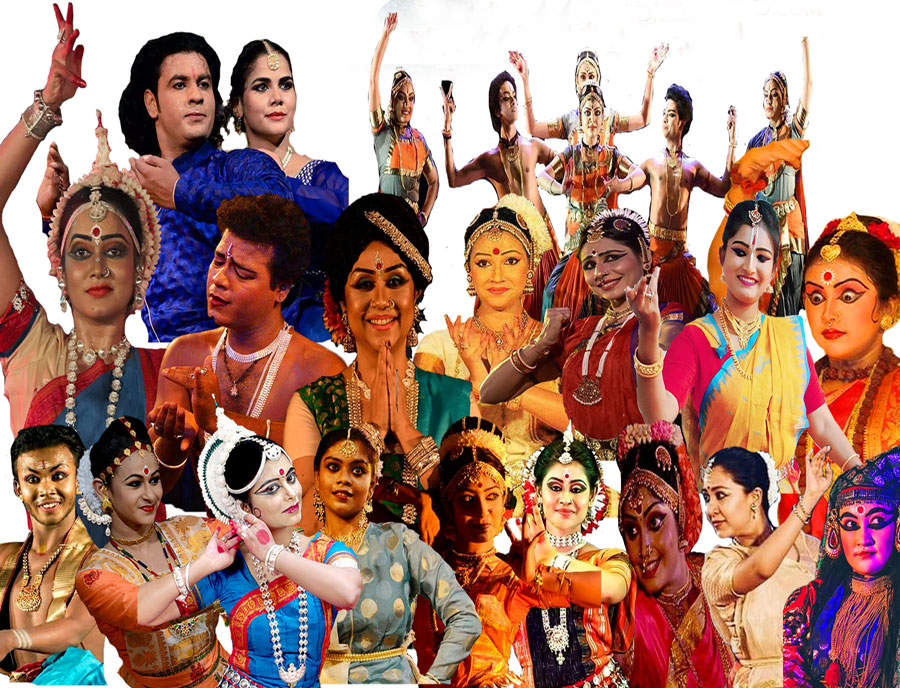Raka Maitra is a dancer who defies the conventional dichotomy of ‘classical’ and ‘contemporary’. She is a dancer exploring through her work the notion of ‘Asian Culture’ through her own language of contemporary dance. The basis of her movement is both the martial arts and classical Indian dance. A disciple of Odissi dancers Madhavi Mudgal and Daksha Mashruwala, Raka was awarded the Shringarmani, a national level award for Odissi. She has also undergone intensive studies in Serraikella Chhau under Sashadhar Acharya. Raka was an associate artist with The Substation, from 2007-2011. As described by dance scholar Dr. Stephanie Burridge, “ith great courage and perhaps audacity, Raka has stepped outside safe boundaries and blurred the lines of tradition”. As Dance Europe recently said, “Maitra is, without doubt, a dancer of the 21st century.”
Her recent works include The Blind Age (2014), You Cannot Look Away(2014), Circular Ruins(2012), The Hungry Stones(2011), In Mira(2010) and Stray Birds(2008).

Raka is the Artistic Director of CHOWK in Singapore, which she founded in 2007. A recipient of Singapore’s N.A.C. (National Arts Council) Seed Grant from 2014 to 2017, which provides sustainable funding infrastructure in support of the arts community in Singapore.
Recently she was in India mesmerizing her audience with her deconstructed Pallavi along with her repertory members in Kolkata New Delhi and Viswabharati.
(Pallavi in Odissi is a pure dance and implies elaboration, an exposition not only of the dance but also of the music that accompanies it. The lyrical movement of the dancer’s form is supported by intricate rhythm patterns. The Pallavi gradually unfolds the particular Raga upon which it is based, creating a tapestry of rhythm, music and movement.)
This is an excerpt of the conversation this reviewer had with Raka Maitra:
What has been your journey in Indian classical dance like?
I started training in C.L.T – Children’s Little Theatre, Kolkata at a very early age. My grandfather Samar Chatterjee was the founder of C.L.T., so I grew up surrounded by dance, theatre and music. At C.L.T we learnt Rhythm and movement as children and then I went on to learn Bharatnatyam, which I stopped when I was 18. For the next five years, I started searching for a form and training method that would hold me, I began studying Kathak, Kuchipudi and finally settled on Odissi with Smt.Madhavi Mudgal as my form of choice. I also started training in Serraikella Chhau with Guru Sashadhar Acharya.
My journey has been a movement from a deep and dedicated training in the Indian Classical form, to a mature and considered regard of its potential for expression and more importantly its relevance and necessity as an art form in today’s globalized, postmodern world.
What made you take to contemporary dance?
Relevance and necessity of expression in dance came to dominate my thinking even when I was learning the classical. I started experimenting with Chhau when I was in Delhi, but it was only when I moved out of India, with the distance and space that travel affords that I began to realize the true value of Contemporary dance expression.
Singapore is hectic, history and heritage are kept off at a pragmatic distance. The past is always present in Singapore, but present as a liberating source of knowledge for wholly new expressions: involving current conflicts (like the civil war in Sri Lanka) dispossession and dislocation( like the place of migrant workers in urban centres) and multicultural diasporic experiences.
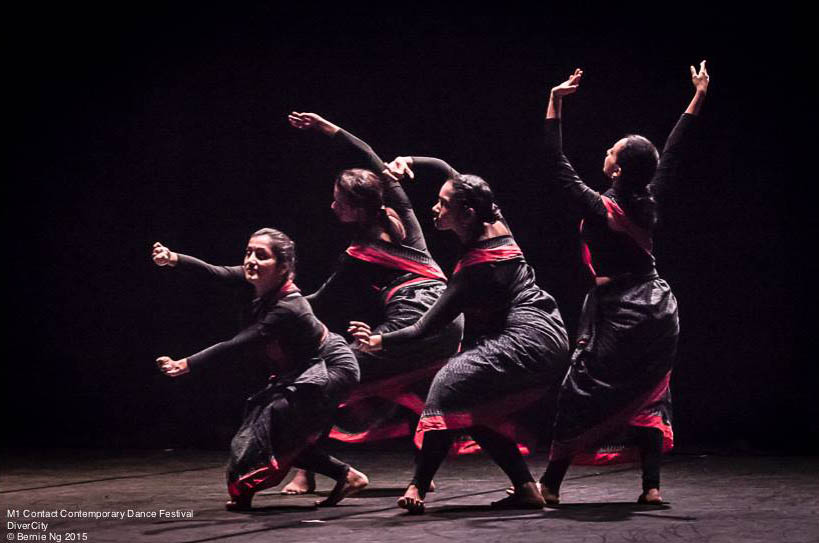
In handling these various diasporic themes, however, I have always relied on the grammar of Odissi. My work has highlighted the primacy of the chowk position in Odissi. All the movements that have been developed by me have its roots in Odissi.
While I may have taken flight with contemporary dance, I have always stayed true to my classical roots.
How did you visualize the deconstruction of Pallavi?
I have always worked to bridge the dichotomies like ‘classical’ and ‘contemporary”, “physical” and ” stylised”, “Indian” and ‘western” and so on. What concerns me most is the expression, physicality and the expressive body within architecture and music.
In the Pallavi series, I wanted to explore the basic vocabulary of Odissi and push the physicality, It was about accentuating and narrowing down on the small nuances of Odissi.
How would you explain contemporary to lay people not familiar with contemporary dance?
My sincere hope is that it becomes apparent when people watch the performance, explanations are often lost, people need to watch and experience to understand.
The choreography of ‘Pallavi with stillness’ deconstructs Odissi grammar by first isolating and then accentuating the torso movements, a stunning and mesmerising feature of the dances repertoire. The choreography is original and very demanding of the dancer’s skill, technique and commitment. So, yes, the beauty of the body language of Odissi was what I wanted to show in the piece. It was a choreography that draws from the well of a tradition that has perfected and codified bodily movement and expression- it is a beautiful form.




